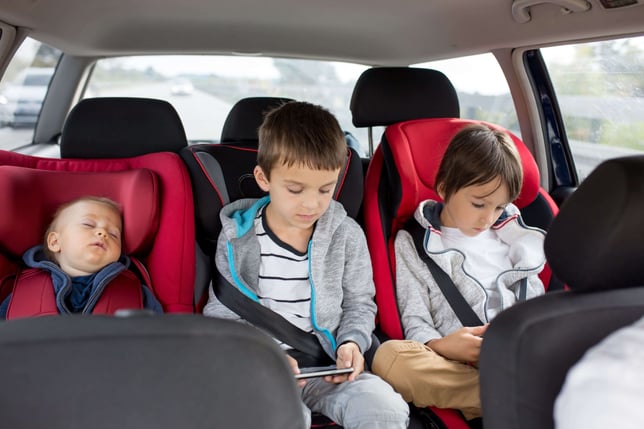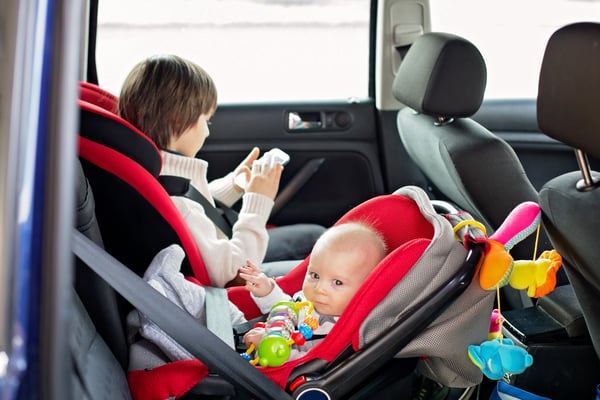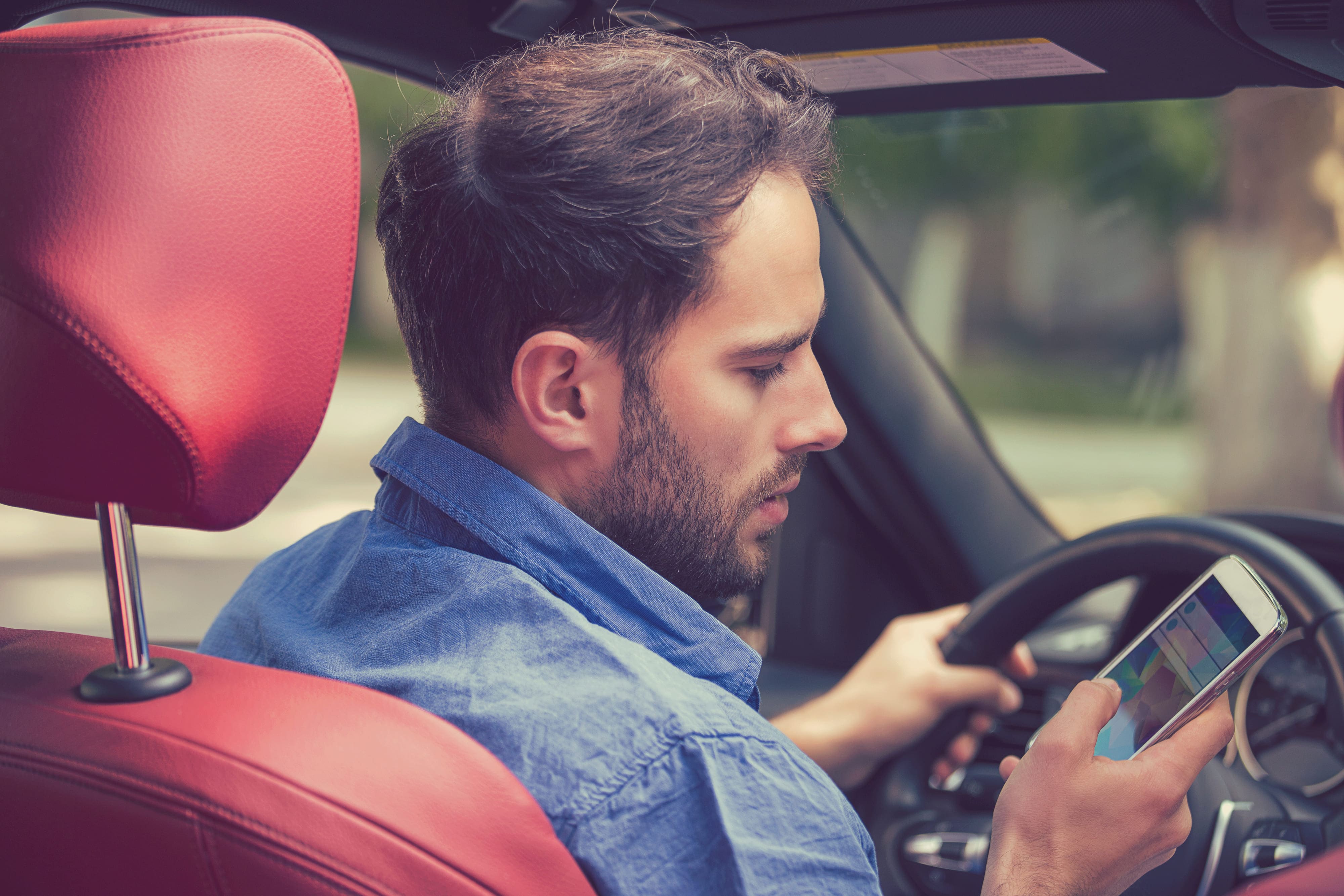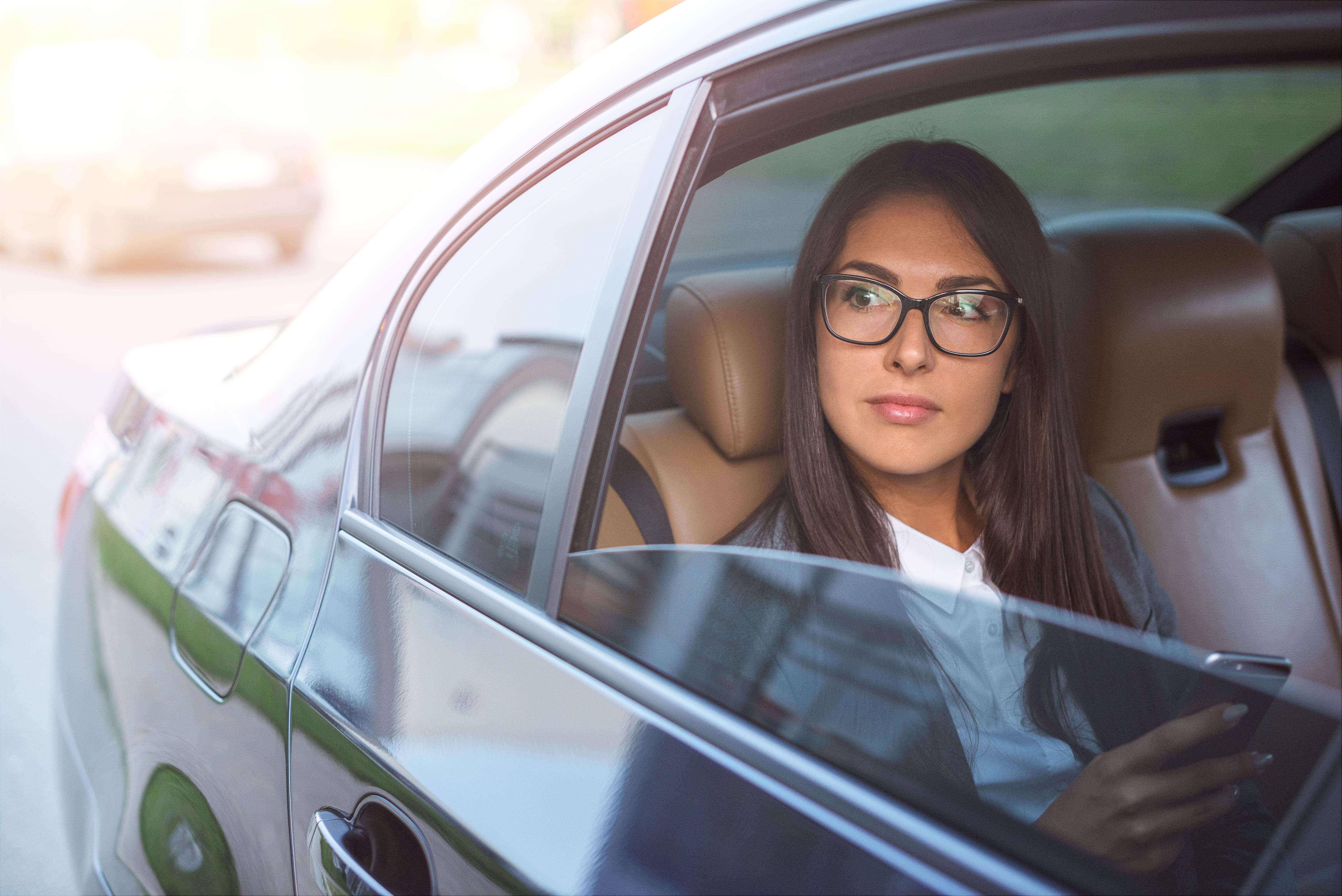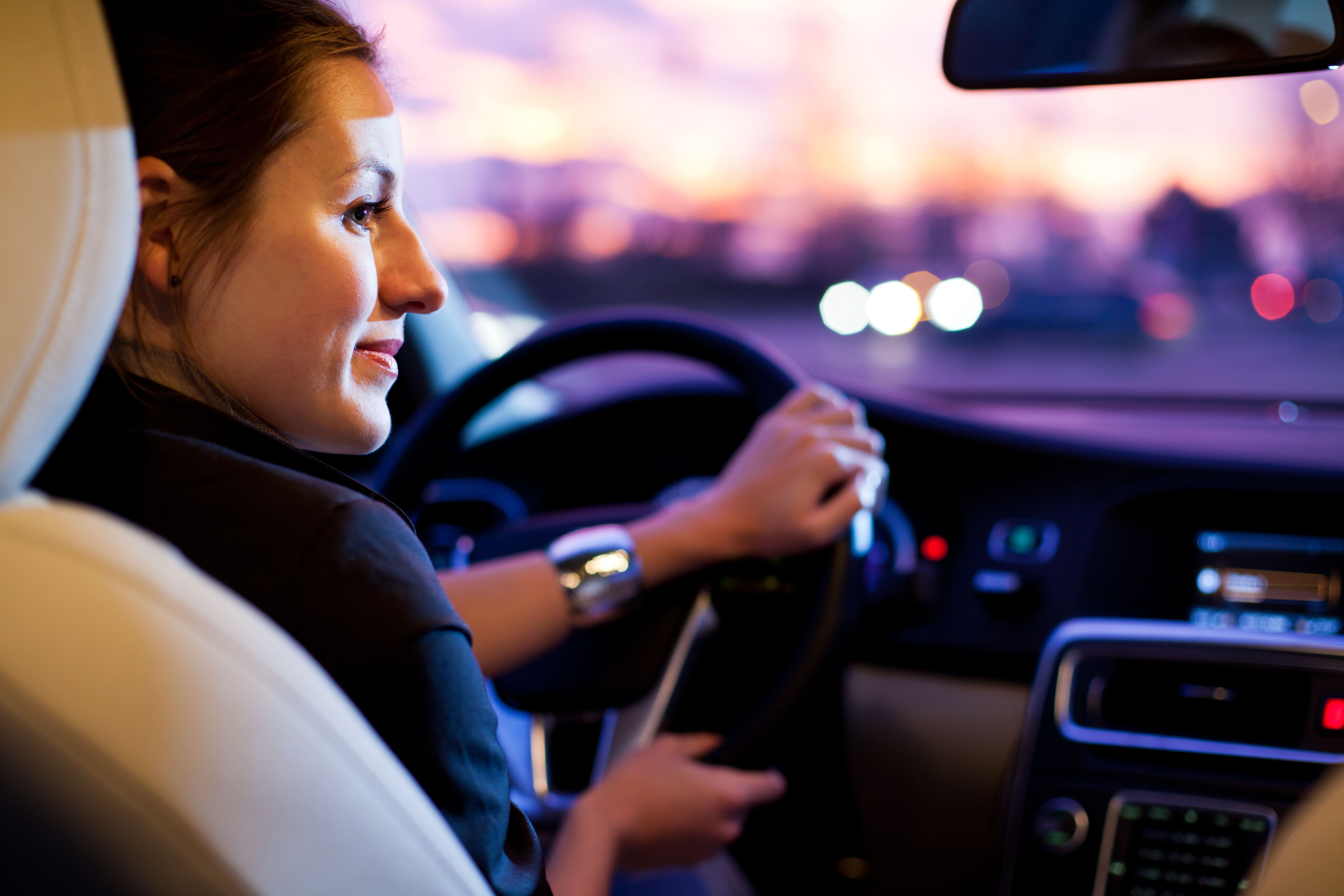We’ve all been there: stuck in the car on a road trip with bored kids, hungry passengers, battles over the music and other bumps along the road. A packed car can be hard to handle, especially while you’re trying to keep your eyes on the road.
In-Cabin Sensing can make these trips safer and more relaxing by powering the systems that control driver and passenger safety and cabin conditions.
What is In-Cabin Sensing?
In-Cabin Sensing gives vehicle systems the insight to inform safety and personalization features. It detects and analyzes:
Driver State
- What is their emotional and cognitive state? Are they angry? Drowsy? Distracted?
- How are they interacting with passengers and the in-cabin systems?
- Do they have objects in their hands?
Cabin State
- Are there passengers? How many? Where are they sitting?
- Has an item been left behind?
- Is there a child seat?
Occupant State
- What are occupants' emotional and cognitive states?
- How are they interacting with the driver, other passengers and the in-cabin systems?
Meet the Martin family. Jenn and Bill use their minivan to drive their kids, Timmy, Chris and Billy, to school and daycare. They also like road trips, and today they’re visiting the kids’ grandparents, who live 6 hours away. The kids are quietly enjoying a movie in the backseat, and mom and dad are relaxed upfront. So far so good.
The Mood Changes
Billy drops his toy and starts crying. Mom and dad aren’t sure what happened, and now Timmy is cranky and teasing his brother. The driver is agitated. In-Cabin Sensing:
- Detects baby is crying and turns off the movie to reduce noise.
- Detects the older child has unbuckled his seatbelt, sends an alert about an unsecured child. Dad tells him to buckle up.
- Detects toy in the footwell and displays image on front passenger display. Dad retrieves the toy.
- Detects driver is distracted by the commotion and reminds her to keep her eyes on the road (OEMs can customize the response).
The Trip Continues
After a pit-stop at a nearby playground, the whole family is in a better mood. The system detects their joy and snaps a photo for a trip highlight! The kids are worn out and ready for a nap. But so is the driver. The system:
- Detects kids are drowsy. Turns off content, dims lights and increases heat for comfort.
- Detects when the kids are asleep and sends a notification to the driver display.
- Asks the parents upfront if they’d like to listen to a podcast now that the kids are asleep.
- Detects the driver is yawning. The seat vibrates and the podcast volume turns up to help her stay focused.
Sidetracked
The family makes it to grandma’s house. Later, dad brings the baby along for a quick errand, but accidentally leaves him in the backseat as he steps out of the car. The system:
- Detects the presence of an occupied car seat. Cracks the window and the car beeps to alert dad, who quickly turns back for him.
- Detects dad’s forgotten phone in the front seat, and beeps again to let him know.
- Provides a report to the family on their moods during the trip, plus a video highlight reel. Something to enjoy with grandma!
Happy Trails
In-Cabin Sensing captures the dynamic nuances and context of what’s happening inside of a family vehicle. With that intel, vehicle systems can ensure families are comfortable and, most importantly, safe. And automakers can deliver personalized cabin environments and experiences that the whole family – even grandma – will enjoy.
Read more about In-Cabin Sensing here to explore more use cases (including downloading the family vehicle example above as an infographic).


